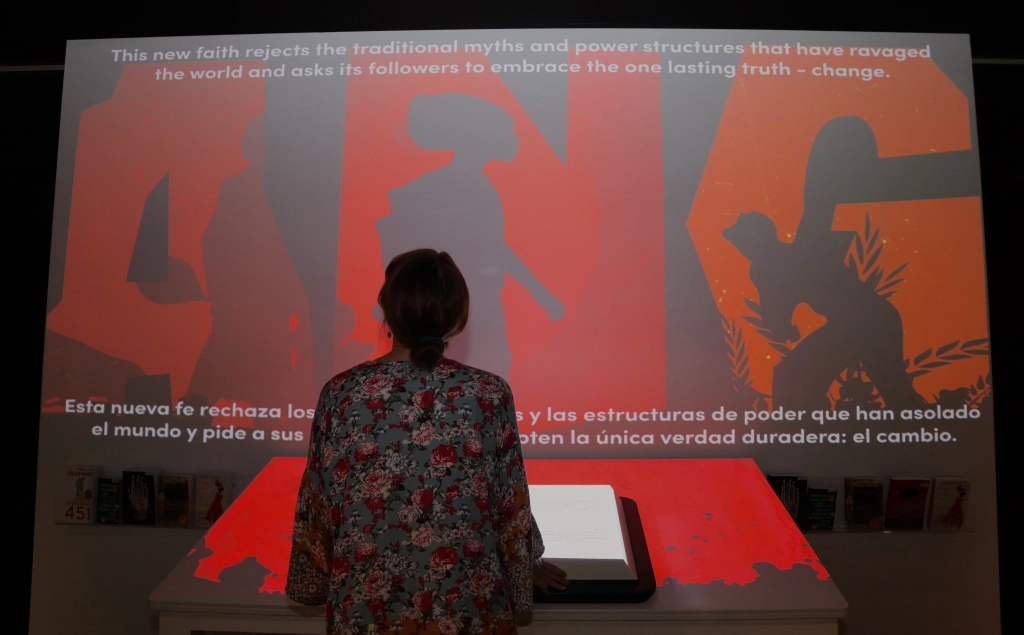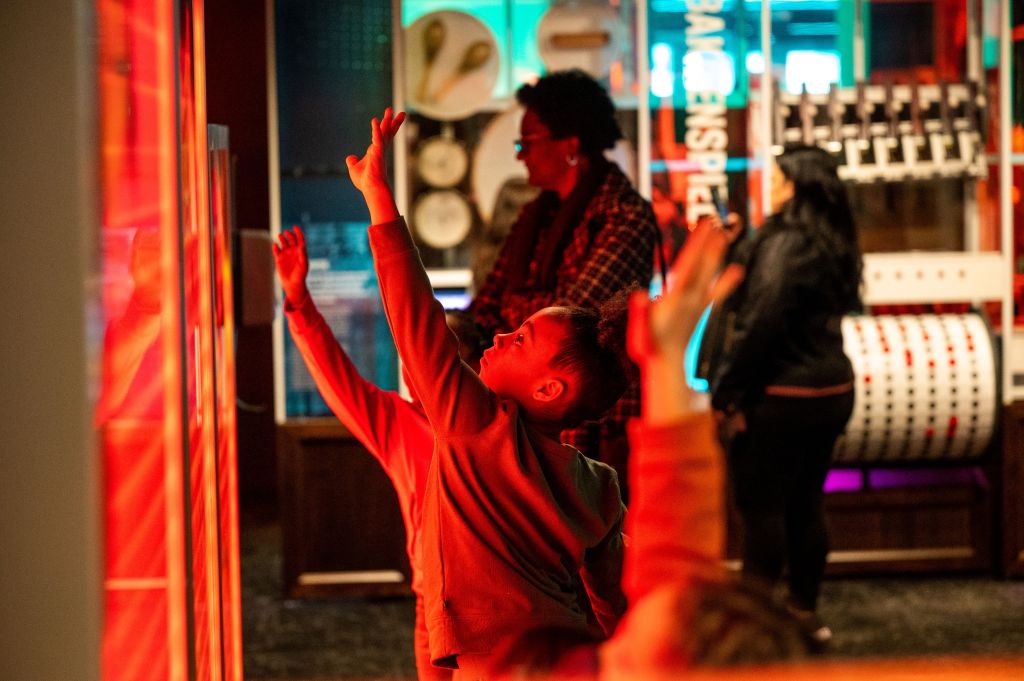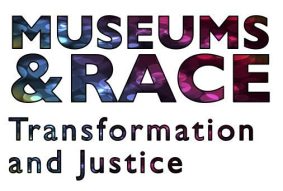This month we bring to you an organization that has used the Museums & Race Report Card. Joe Imholte, Executive VP of the Bakken Museum, shares below how his organization used the Report Card to create a broader tool that was specific to the Bakken’s particular needs to analyze and track their equity work. The Bakken is a small science museum in Minneapolis, Minnesota.

The Bakken Museum has made significant use of the Museums & Race Report Card over the past three years and has found it to be an invaluable tool in our organizational DEAI efforts. On several occasions we have used the Report Card in ways that go beyond its initial purpose that has helped us further our DEAI efforts.
The Bakken Museum’s DEAI Committee first used the Report Card in 2021. The DEAI Committee is comprised of staff from all levels of the organization including our Board. Each DEAI Committee member was asked to grade the museum on where we are in each area using the rubric. The results were anonymized and averaged, and then used as a discussion catalyst. This helped us to discuss both where we are and how we measure our progress in the various categories of the rubric.
We repeated this process in 2022. This time, while we were having our discussion we concluded that seeing an average grade was less useful than seeing the (anonymized) range of grades each area received. We had a great conversation about the divides in grades, possible causes, and potential next steps. We are in the midst of gathering grades for 2023 at the time of this writing.
Shortly after this, we began using the Report Card in ways that go beyond its initial intent. The first example of this was in 2021 during the development of the museum’s DEAI Theory of Change. The Theory of Change was developed at the same time as our Strategic Plan in an effort to interweave them. As we worked on the Theory of Change, we found that we were struggling describing some activities and inputs. A member of the DEAI Committee suggested that we look to the Report Card to help us, which helped us to consider inputs and activities we had not before.
One of the initiatives in our Theory of Change and our strategic plan is to produce and make public an annual DEAI Report describing our DEAI activities over the past year and our intentions for the upcoming year. The DEAI Report is a tool intended to help us reflect on what has been done, and to hold ourselves accountable as we continue developing a culture rooted in our organizational values. Early on in the process we struggled with who should write the report, and how to structure it. We settled on a team of four initial writers (our CEO, Executive VP, Director of Development, and Outreach Coordinator) who would submit a draft to our Director of Marketing who would help it read consistently. After struggling to find a structure, the writers looked again to the Report Card to provide the framework for the report. From beginning to end writing the report took about four months, though there were periods of inactivity within that time. One of the writers left the museum about three quarters of the way through the process, and rather than add another writer at that point, the remaining group completed the project. We set a deadline to have the DEAI report complete so that it could be released at the same time as our annual report. Through this whole process the Report Card yet again proved its versatility, helping us shift from focusing on how to organize the report to focusing on the content of the report.
Something that we understood in theory but has been reinforced by this process is best summarized by one of adrienne maree brown’s principles of emergent strategy: what you pay attention to grows. We have been deliberate about paying attention to DEAI work in many ways at the Bakken for almost four years now, and this attention has helped grow our understanding of difference and why this work is important to the museum and our mission. One of the ways this showed up in the process of writing the DEAI report was the complete lack of pushback from staff or the Board about the project.
Time and again the Report Card has provided us with structure and inspiration. It has repeatedly opened doors to meaningful conversations and helped us to consider things we might not otherwise. The key to unlocking its usefulness for us was to have a group of staff become familiar with the Report Card as that helped a museum filled with innovative staff find ways to use it in other ways.
Joe Imholte, The Bakken Museum

